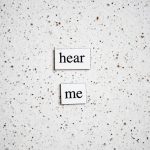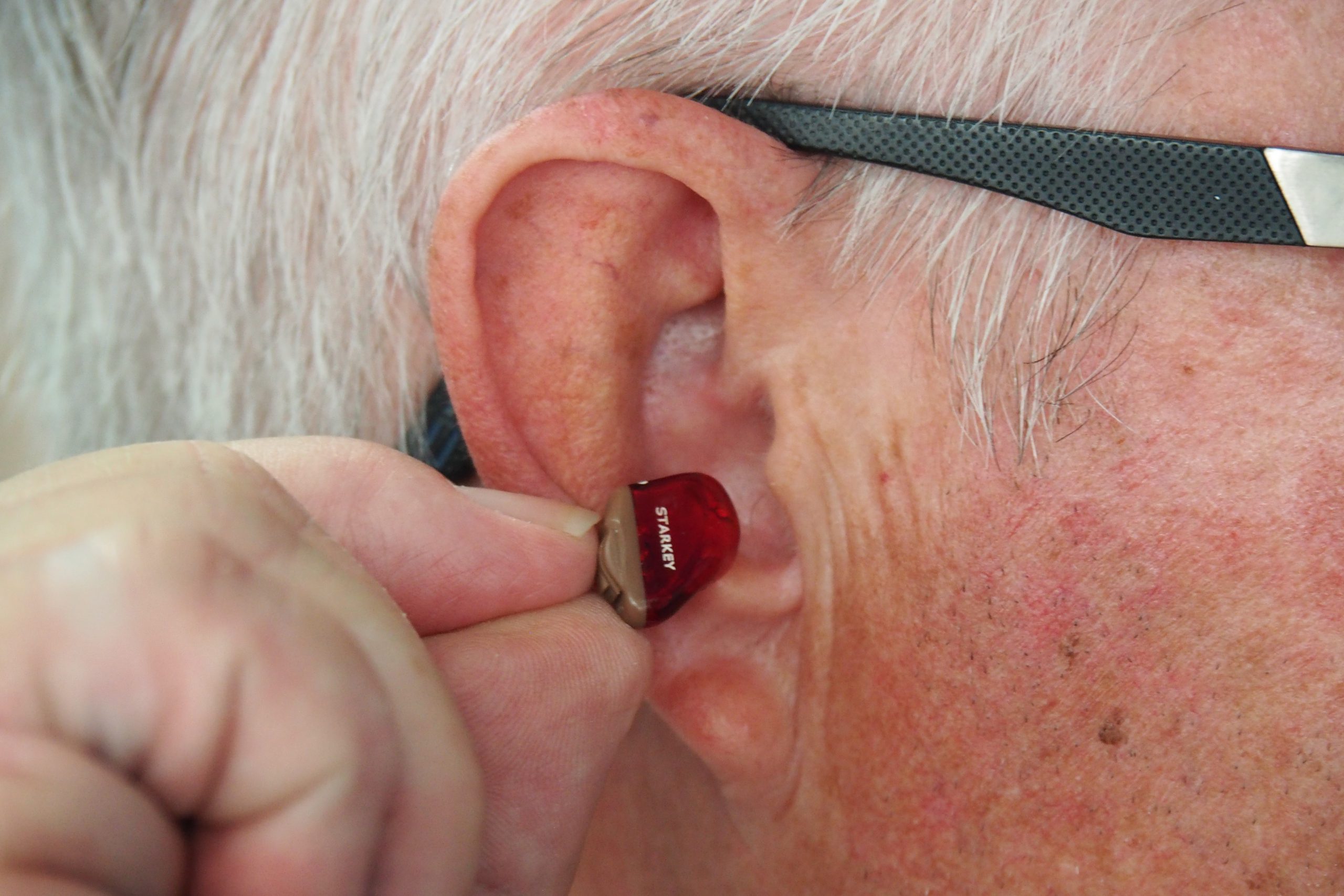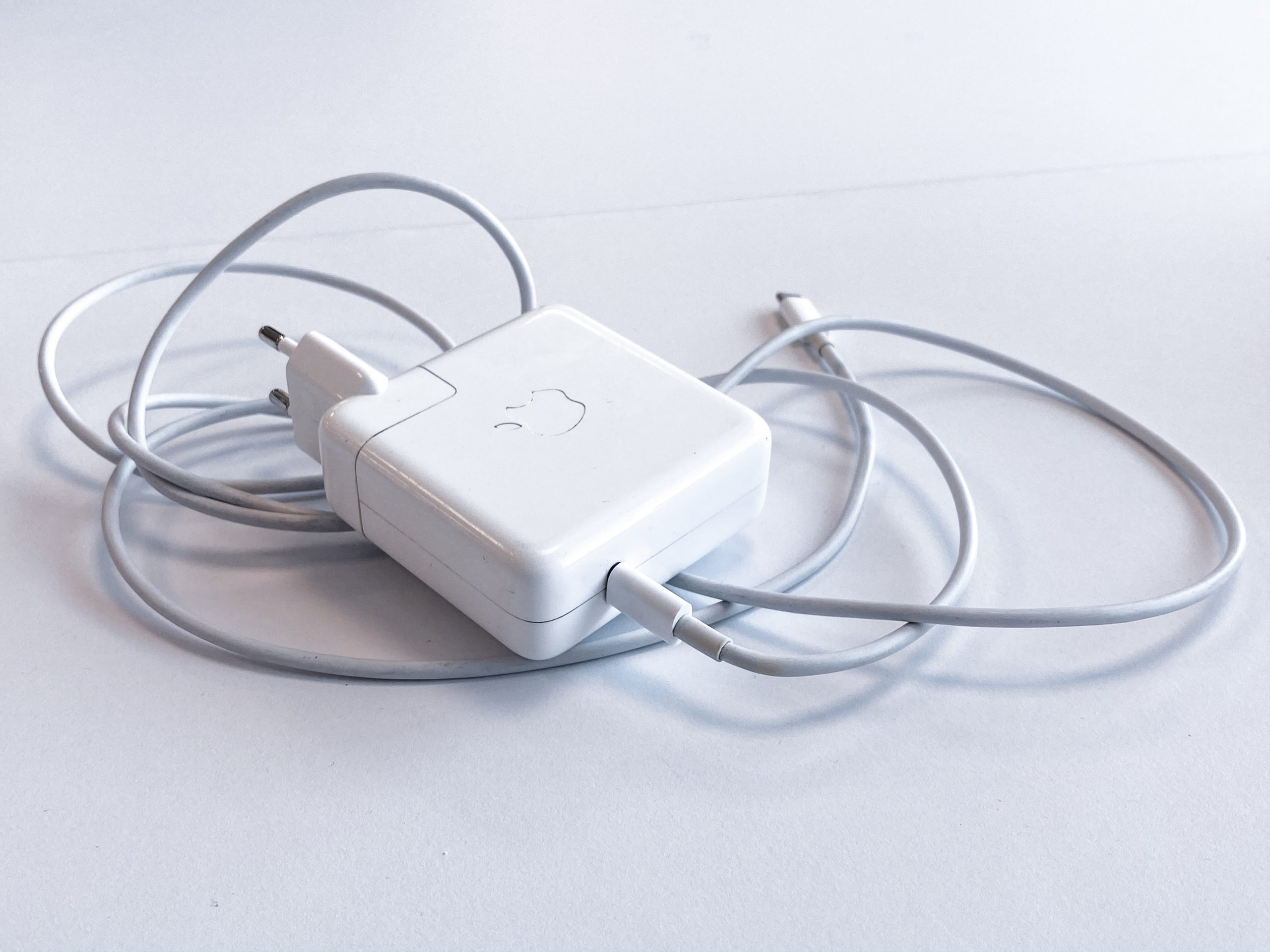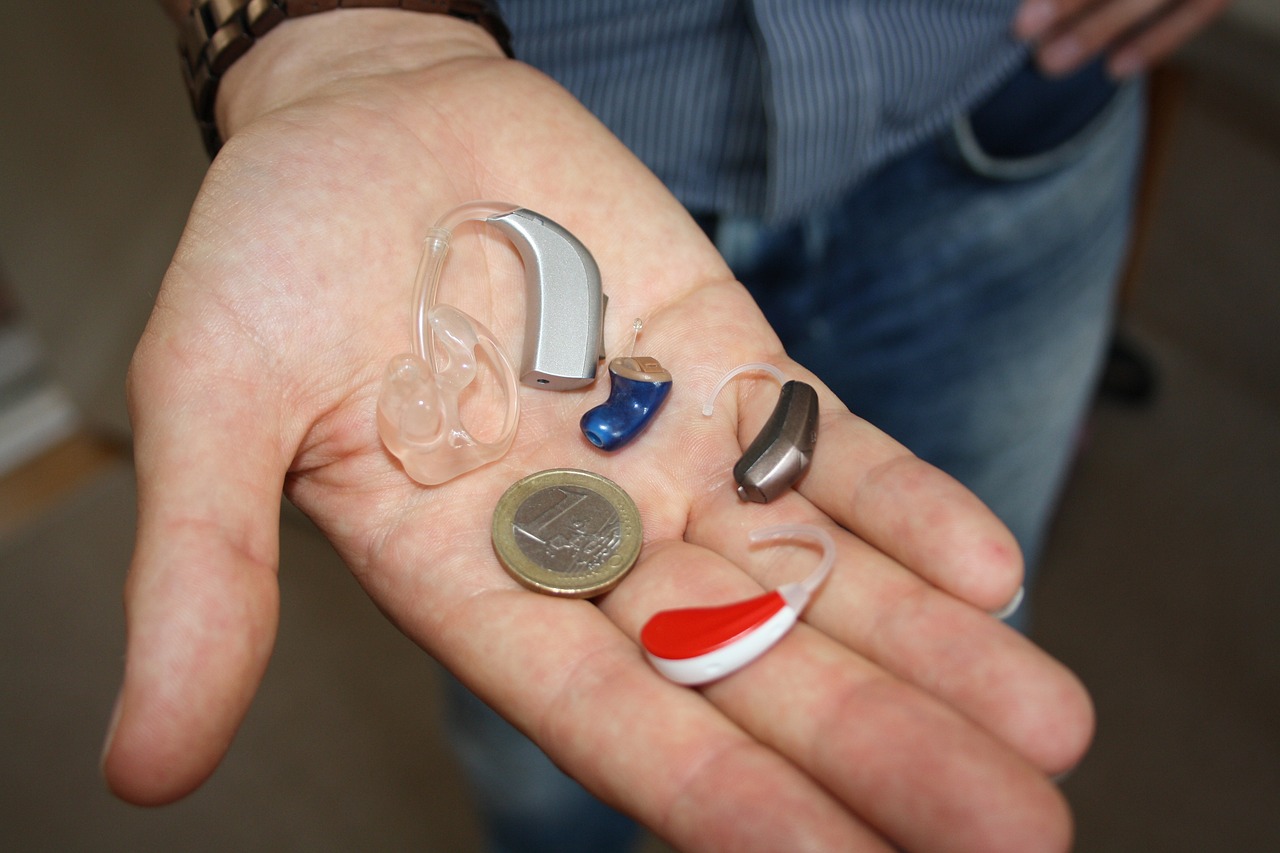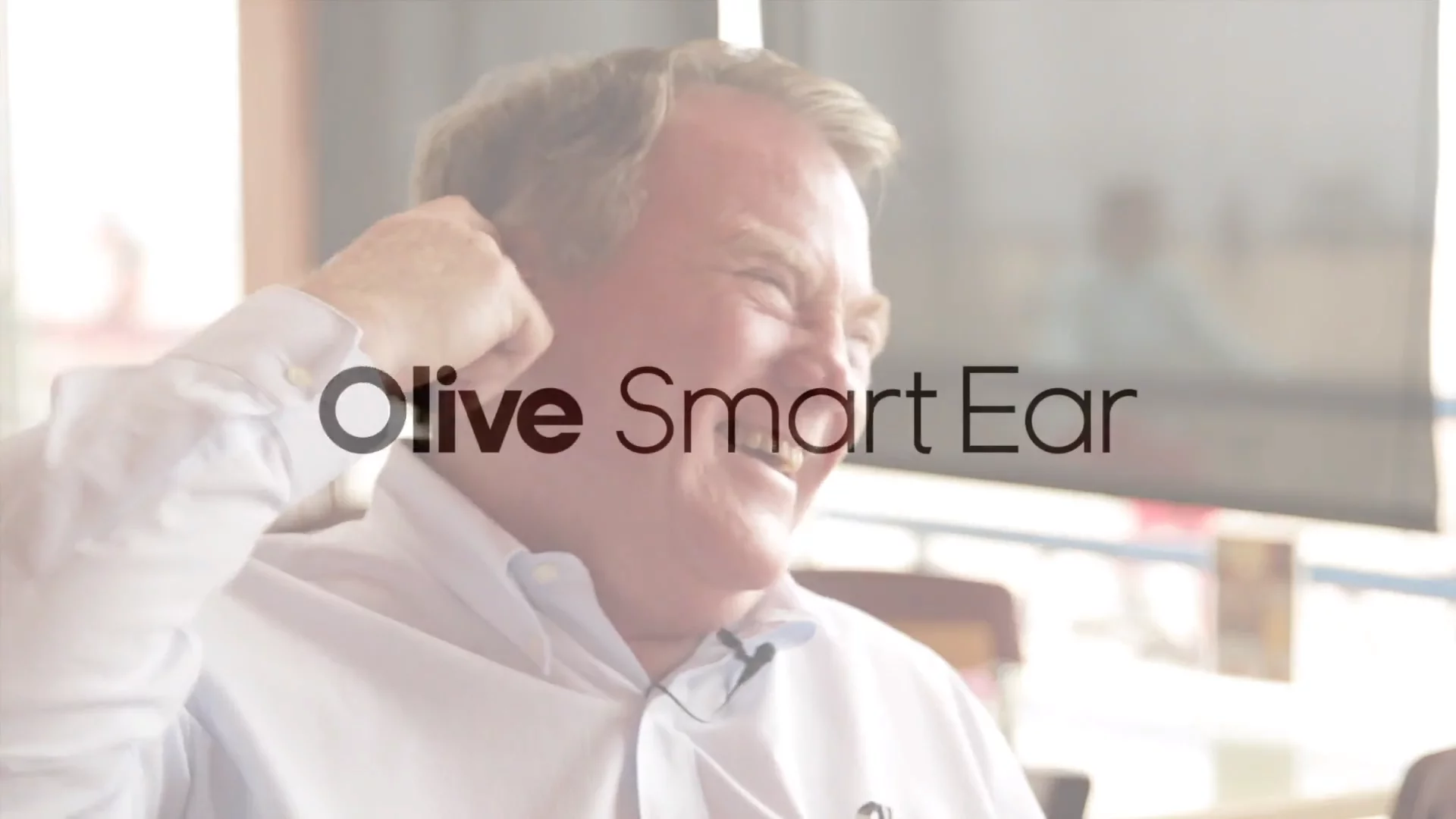
Better late than never! Originally signed by President Donald Trump in 2017, on October 19th, 2021, the FDA finally publicly issued its proposal regarding OTC Hearing Aids. This proposal will stay for 90 days to allow public discourse before then continuing the process to be finalized.
These announced guidelines for OTC hearing aids are set to revolutionize the hearing industry in the United States and bring millions of people long-awaited access to hearing.
Contents
What are OTC Hearing Aids? Who Are They For?
OTC hearing aids will be a completely new category of hearing aids, separate from the current hearing aids available today. They will serve the same function and purpose as current hearing aids; acting as devices that amplify sounds and for those with hearing loss to better hear and participate in conversations, activities, and daily activities.
As the name suggests these will be available “over the counter” or online for direct purchase; no prescription or type of doctor/health professional visit is required. OTC hearing aids will mainly target individuals with mild to moderate hearing loss. Those with profound or severe hearing loss will still need a prescription and specialized hearing aids from an audiologist/hearing specialist.
Currently, the market is rife with PSAP; Personal Sound Amplification Products. While PSAPs do amplify sounds, they are strictly different from hearing aids in several ways; most importantly they are not medical devices, not FDA regulated, and are not intended for use by those with hearing loss.
These new OTC regulations look to clearly define the differences between PSAP and hearing aids, allowing consumers to best choose the devices that best fit their specific situation.
Since these new OTC Hearing Aids are purchasable without the assistance/aid of an audiologist, they will be self-fittable and are likely to be self-controllable/adjustable as well!
As these new OTC Hearing Aids are designed for those with mild to moderate hearing loss, if you experience one or many of the following signs then you may be a prime target for these new devices.
- Difficulty hearing soft sounds, such as whispers or a gentle stream.
- Television volume levels turned up to levels uncomfortable for others.
- Speech comprehension can become difficult when background noise is added or in noisy environments like a crowded cafe.
- Requesting others to speak more slowly and loudly during conversations.
What Are The New Regulations?
These new OTC regulations aim to not revise the current hearing aid category but to create a completely different one. With the creation of these regulations, there will be 3 distinct categories of hearing devices, each providing its specific niche and purpose.
These three categories will be prescription hearing aids, OTC hearing aids, and PSAPs.
The newest category, the OTC, will be widely available. You will be able to pick them up directly from stores or online. Some of the key aspects are as follows:
- They will be classified as medical devices by the FDA
- They will be subject to FDA safety regulations
- They will have defined maximum volume output settings, design requirements, latency limits, warnings on the boxes, and other requirements to ensure safe usage and design.
- These devices will be available for individuals 18 years and older only; hearing aids for users younger than age 18 would be prescription devices only.
- They are designed for mild to moderate hearing loss; those with severe or profound will still likely need a prescription and hearing aid from an audiologist/health specialist.
The FDA promises to closely monitor the market and this new category to ensure that the products sold are safe and effective.
Furthermore, the FDA plans to revise the current hearing aid regulatory framework to allow harmonization together with this new OTA category. To read the full documents yourself, click the link below:
FDA OTC Hearing Aids Proposed Rule
PSAPs will be for those without any hearing loss but need a boost to assist with certain activities; some common uses include bird watching and listening to lectures in a large room.
Hearing aids will see no direct changes, but you can expect there to be some indirect ones as a result of these new OTC regulations. For example, current hearing aids for those with mild-moderate hearing loss are still designed with an audiologist in mind; that means visiting them for the hearing test, purchasing through them, fitting & setting up the hearing aid, and returning for routine maintenance and check-ups.
Will these devices continue to sell and operate in this manner? Or will the slew of new cheaper, easier to access, and still FDA-regulated options make them a thing of the past?
Why Is This Such a Big Deal?
According to the FDA themselves, an estimated 30 million people in the United States suffer from hearing loss. Despite this, only about one in 5 people who could benefit from a hearing aid use one. That’s 24 million people suffering from addressable hearing loss!
Despite these numbers, hearing aids face many barriers and hurdles that keep them from being widely accepted; their lack of accessibility (requiring a prescription/recommendation from an audiologist/hearing specialist), high cost (on average $2,000 per pair!), and the social stigma surrounding hearing loss & hearing aids among others.
OTC hearing aids look to address two of these barriers directly – accessibility and price. As hearing aids become more widespread and enter public perception, the acceptance of hearing loss and hearing aids as something just as normal as glasses will be sure to come.
As Health and Human Services Secretary Xavier Becerra states, “today’s move by FDA takes us one step closer to the goal of making hearing aids more accessible and affordable for the tens of millions of people who experience mild to moderate hearing loss.”
Olive Union Is Here To Change Everything

At Olive Union, we aim to remove existing barriers and help create affordable, attractive, and accessible hearing options. Hearing is something we believe everyone should be able to enjoy; your favorite songs, a loved one’s laugh, and conversations with friends are all priceless experiences.
With the Olive Pro, we took our first step by creating the first 2-in-1 Hearing Bluetooth Earbud. These new OTC Guidelines are set to change the market, and we can’t wait. Olive Union plans to be right at the forefront during this exciting period; we’re hard at work even as we speak!
Stay up to date on Olive Union news & products by joining our Waitlist and subscribing to the Olive Branch Newsletter at the bottom of the page!
The information in this guide has been written using the following reliable sources:
https://www.fda.gov, https://public-inspection.federalregister.gov/2021-22473.pdf, https://www.nidcd.nih.gov

